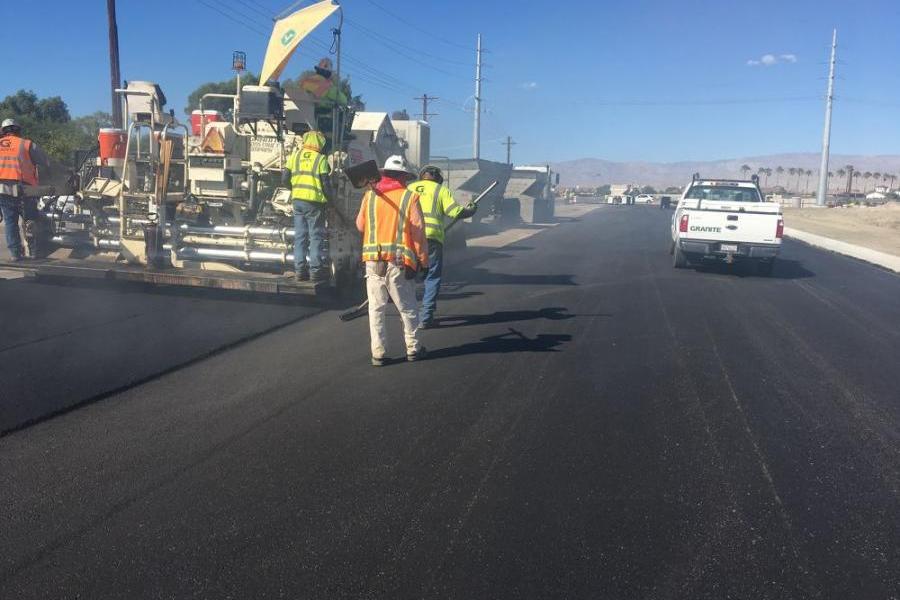Infrastructure Law establishes three funding opportunities for local governments

The Infrastructure Law recently approved by Congress establishes three funding opportunities for states and municipalities. A simplified applications process will allow applicants to apply for all three major infrastructure grant programs using one application. The grants, totally some $2.9 billion, include: the National Infrastructure Project Assistance grants program (Mega), the Nationally Significant Multimodal Freight and Highways Projects grants program (INFRA), and the Rural Surface Transportation Grant program (Rural). Deadline to apply is May 23, 2022
Combined “Multimodal Project Discretionary Grant” NOFO Summary/Background
- The Bipartisan Infrastructure Law established two new programs and reauthorized one preexisting program which are being solicited together using this NOFO.
- Mega: $1 billion of FY 2022 funding for the National Infrastructure Project Assistance grants program, known as the Mega Grants program;
- INFRA: Approximately $1.55 billion in FY 2022 funding to be made available for the Nationally Significant Multimodal Freight and Highways Projects grants program, known as INFRA;
- Rural: $300 million in FY 2022 funding for the Rural Surface Transportation Grant program, known as Rural.
- DOT is combining these three programs into single NOFO to provide a more efficient application process for project sponsors. While they remain separate programs for the purposes of award, the programs share many common characteristics, including a larger project size, multimodal eligibility, and many shared statutory project requirements. Because of these shared characteristics, it is possible for many projects to be eligible and considered for multiple programs using a single application.
- The INFRA program: At least 15% of the funds are reserved for small projects (<$100 million) and at least 25% of the funds are reserved for rural projects. The program also includes a leverage pilot, under which $150 million is set-aside to prioritize for projects with greater non-Federal share.
- The new Mega program: Focused on large multimodal transportation projects, with 50% of the funding being awarded to projects greater than $500 million in total project cost, and the remaining 50% of the funding being awarded to projects between $100 million and $500 million in total project costs. The Mega program will help large multimodal projects with gaps in their financial plans.
- The new Rural program: Reserved for surface transportation projects in rural areas, with a minimum of 90% of all projects having a minimum $25 million Rural grant award. The Rural program will focus on rural needs, such as improving highway safety and expanding access to rural transit service. Set asides for projects on the Appalachian Development Highway System and projects located in states with above average rural lane departure fatality rates.
- While the MPDG grant opportunity consists of three separate programs, DOT will evaluate common applications for the programs using common merit criteria and considerations to provide a more streamlined and efficient application process for project sponsors. The common set of criteria include: safety; state of good repair; economic impacts, freight movement, and job creation; climate change, resiliency, and the environment; equity, multimodal options, and quality of life; and innovation. Additional considerations include cost effectiveness; demonstrated project readiness, which includes technical assessment, financial completeness, and environmental review and permitting risk; and geographic diversity among recipients, including a balance between the needs of urban and rural projects.
- The application deadline for MPDG grant opportunity is May 23, 2022.
- Project Sponsors with additional questions or interested in receiving additional assistance are invited to visit the Department’s Grants homepage: www.transportation.gov/grants and look for MPDG grants. The Department has published a Guide to Benefit Cost Analysis, FAQs, and will be hosting several webinars in the coming weeks.

